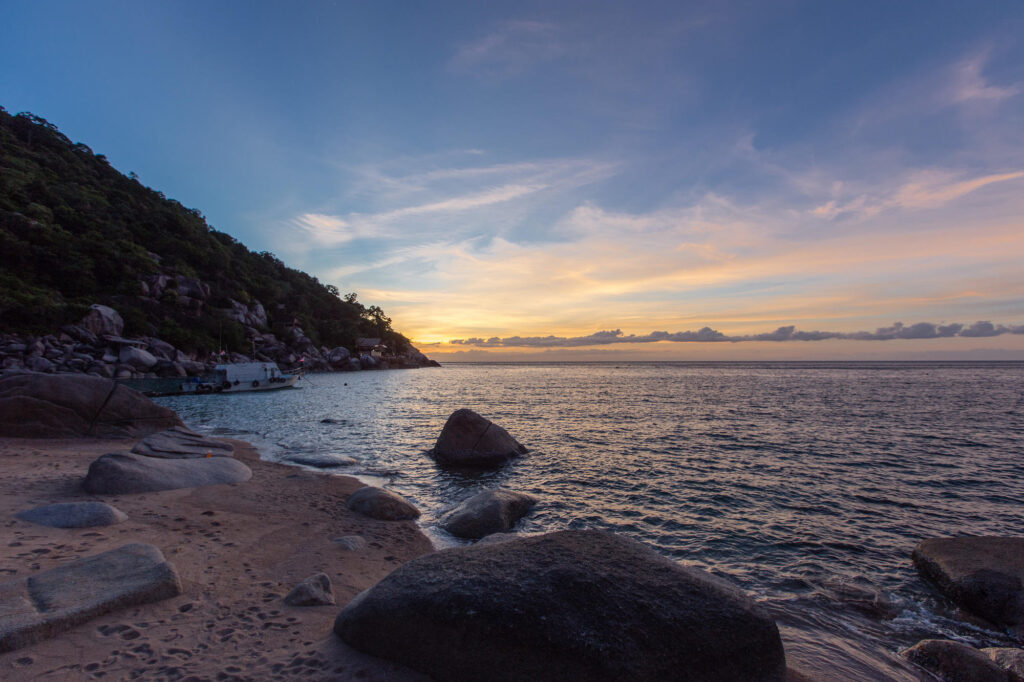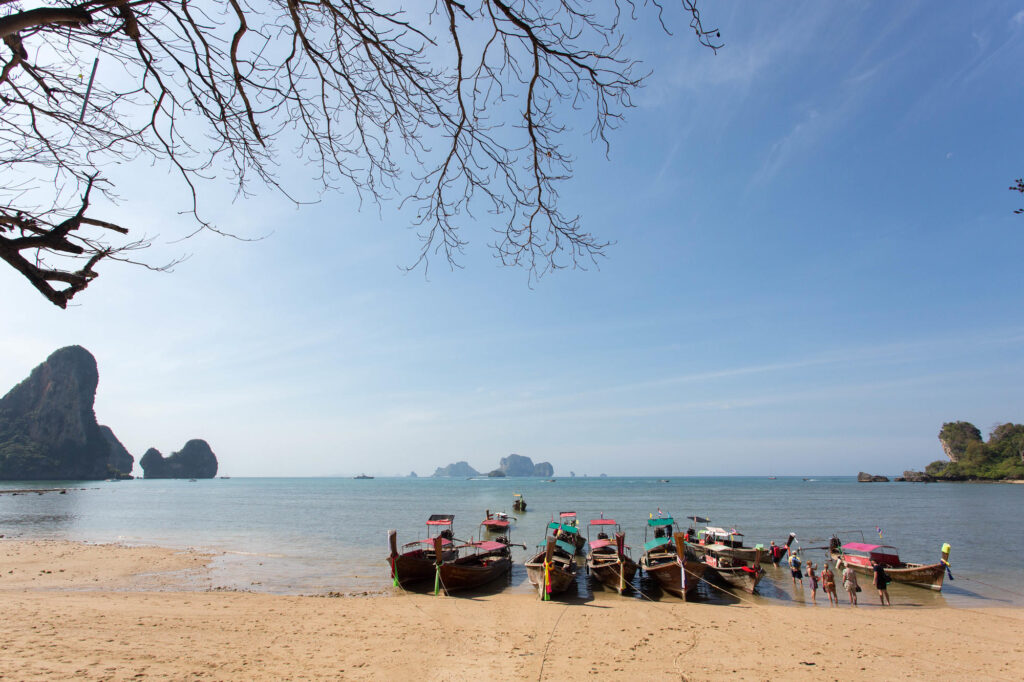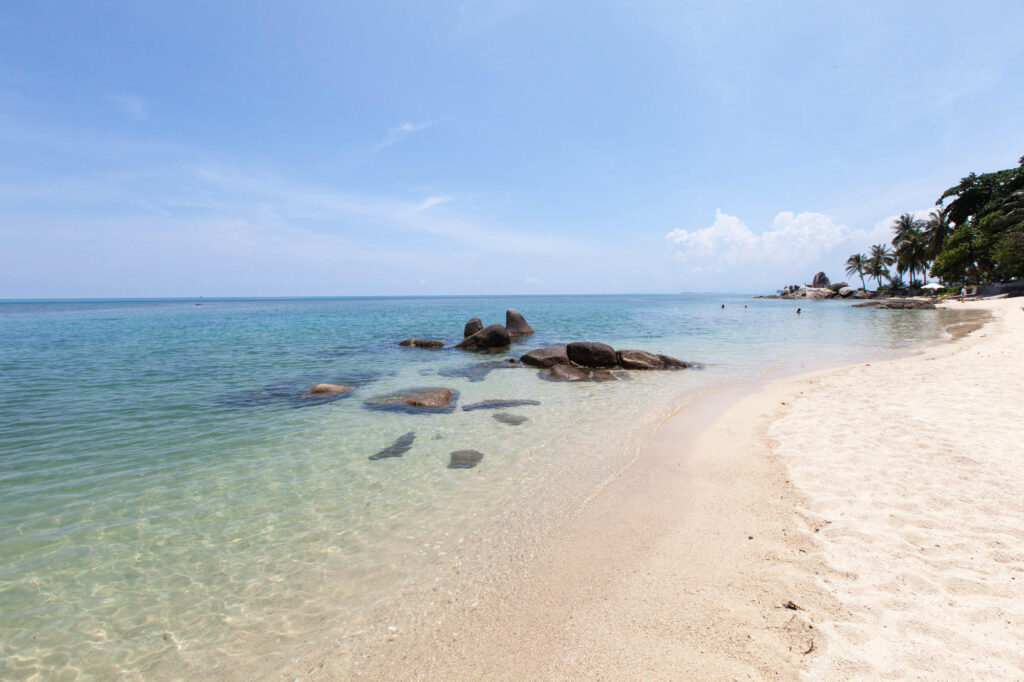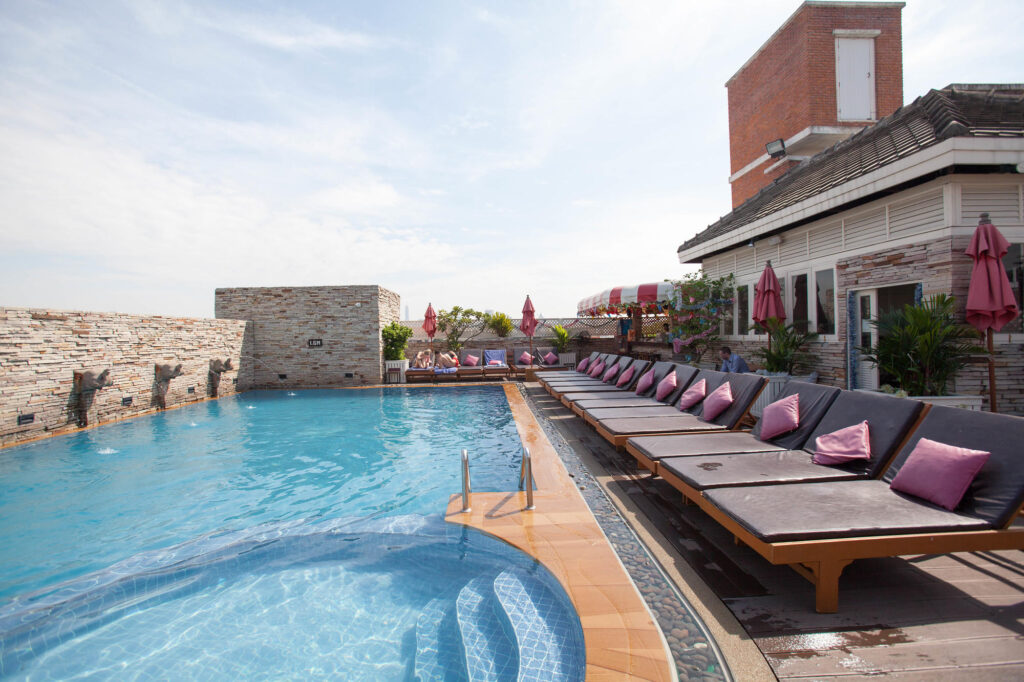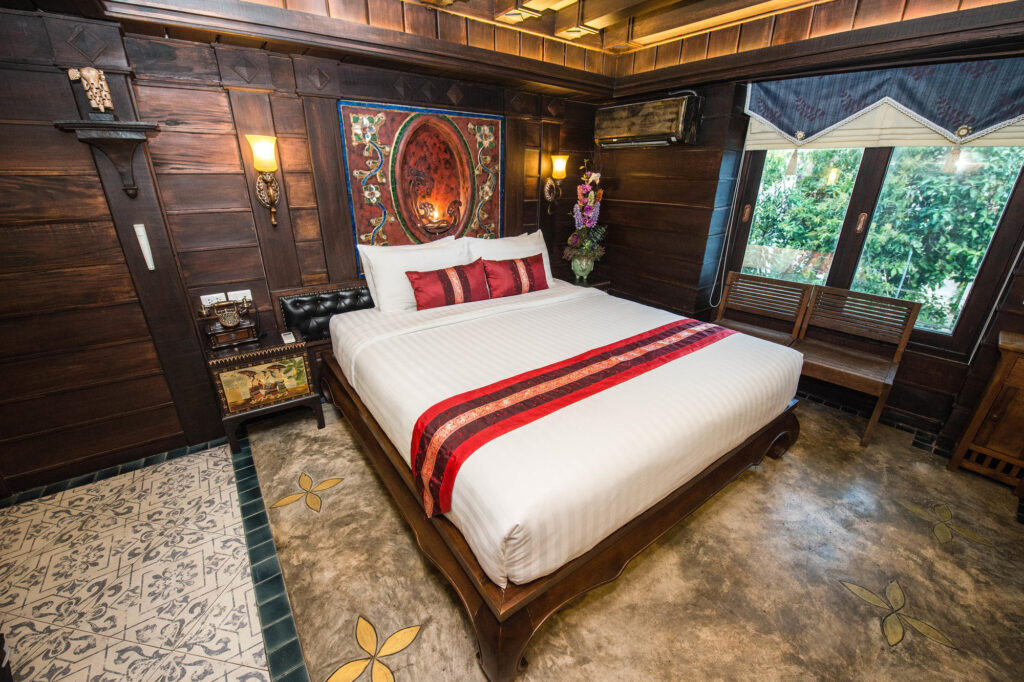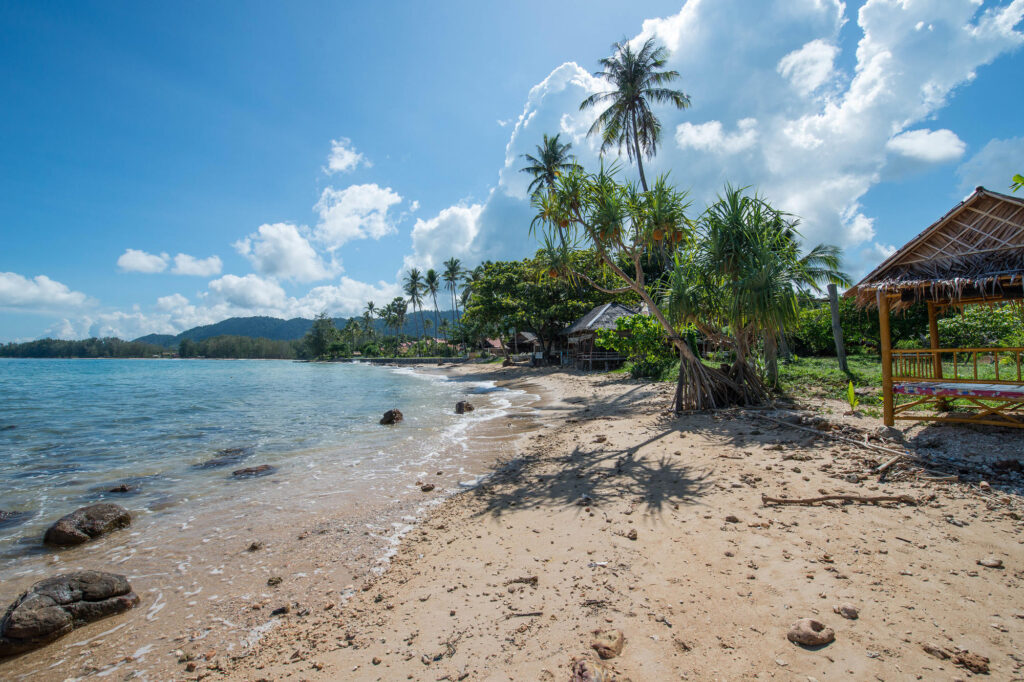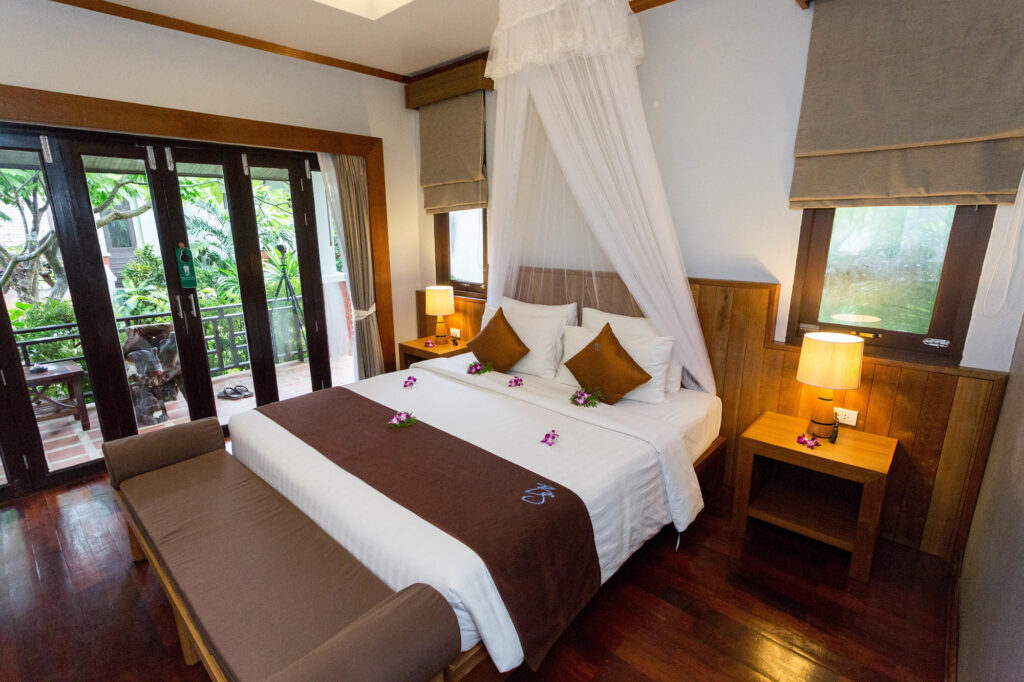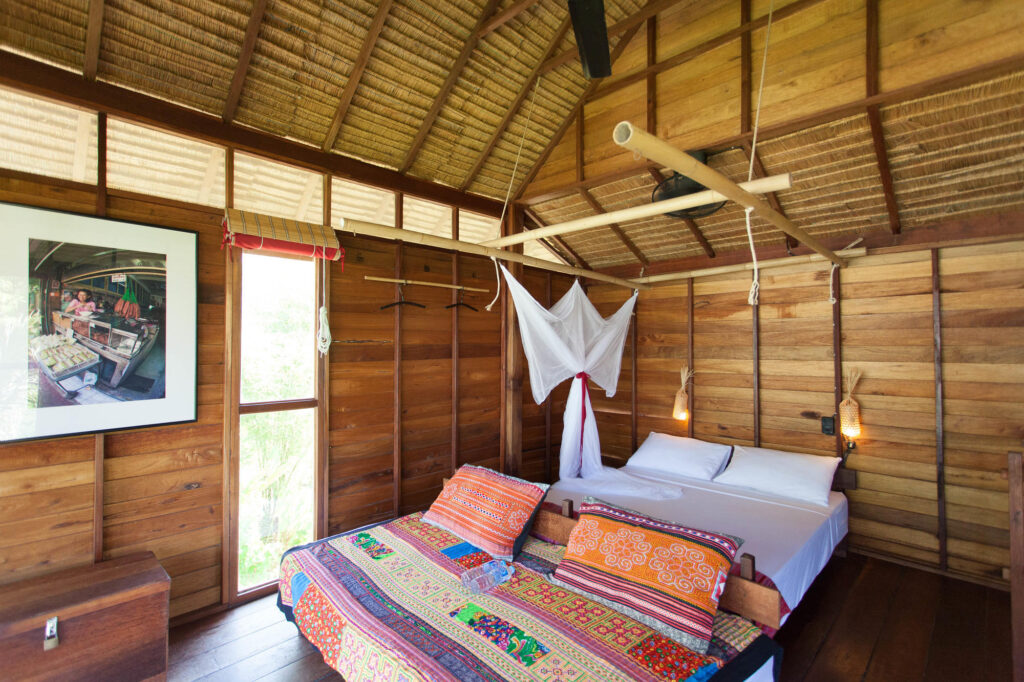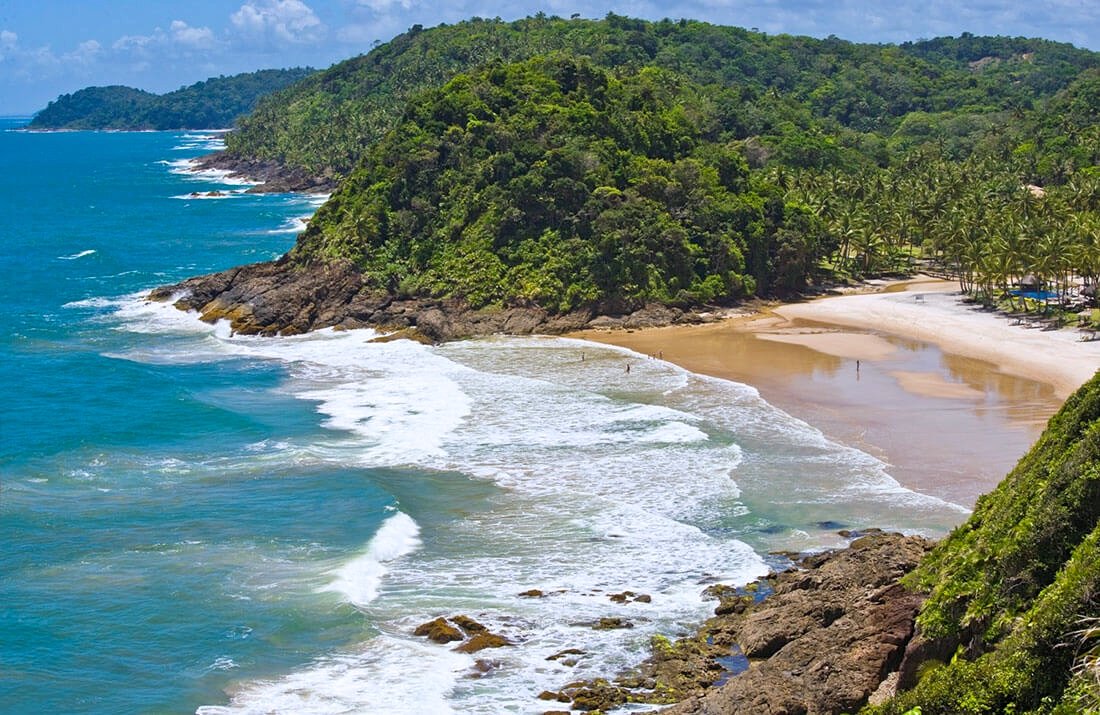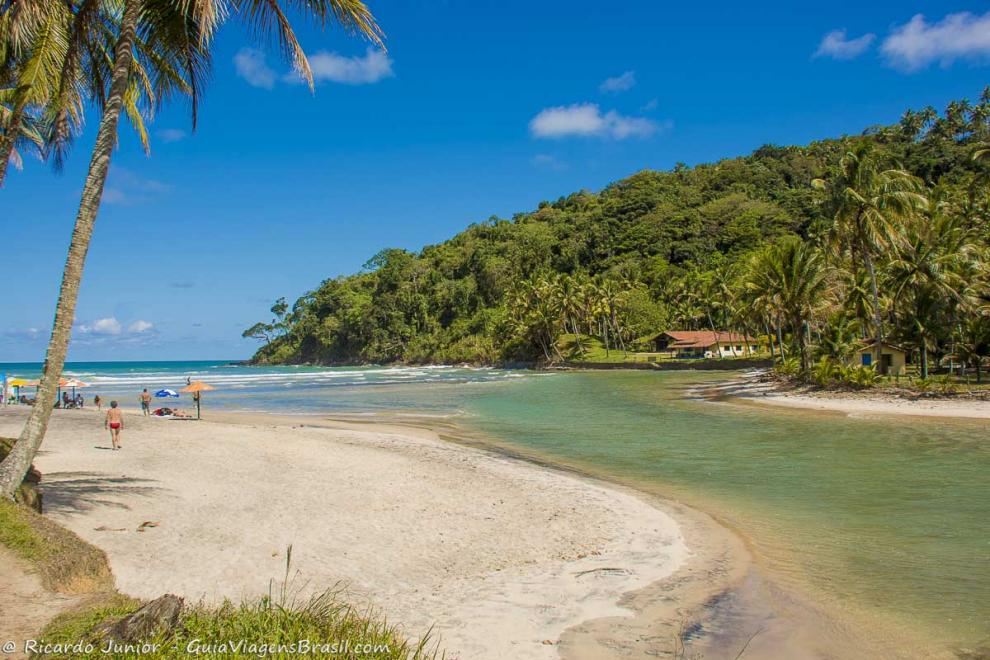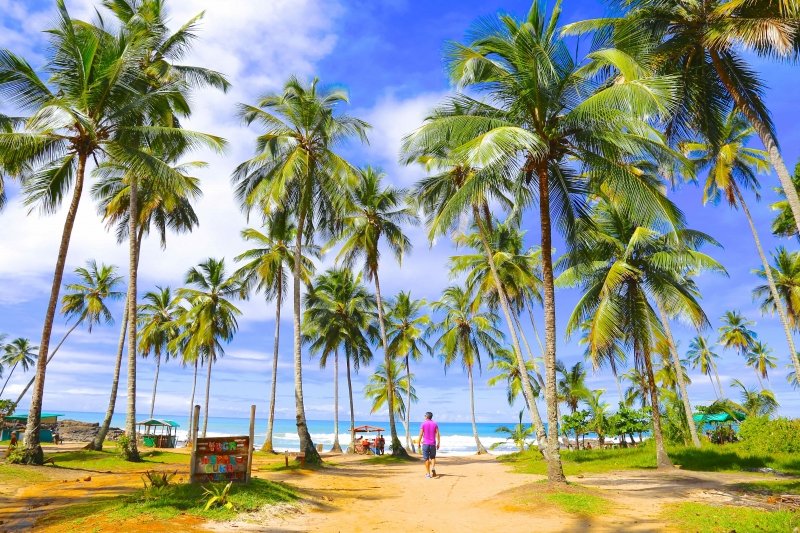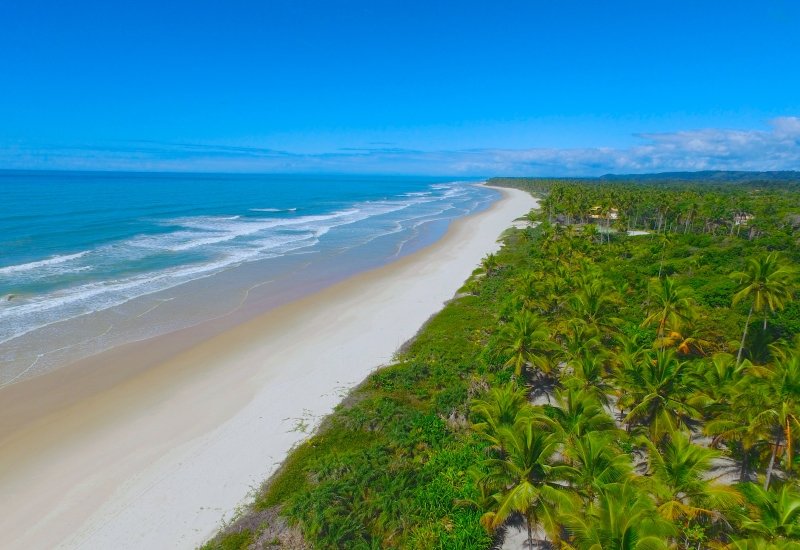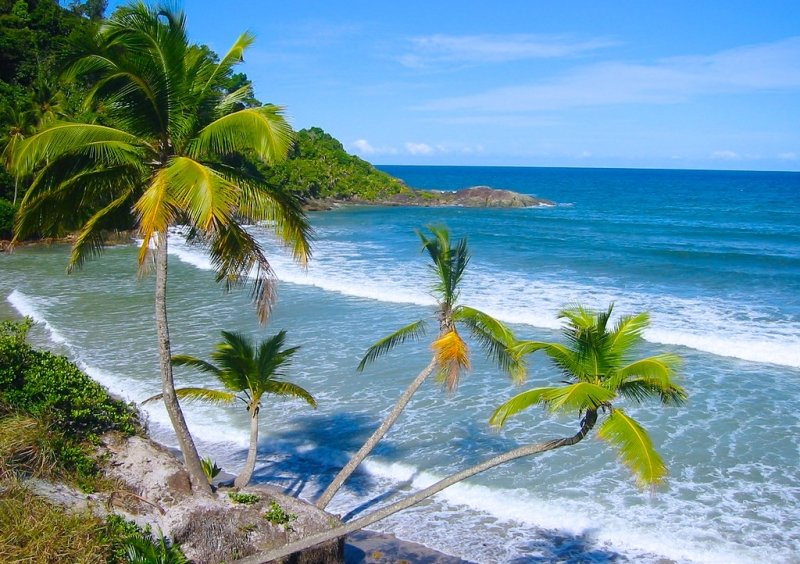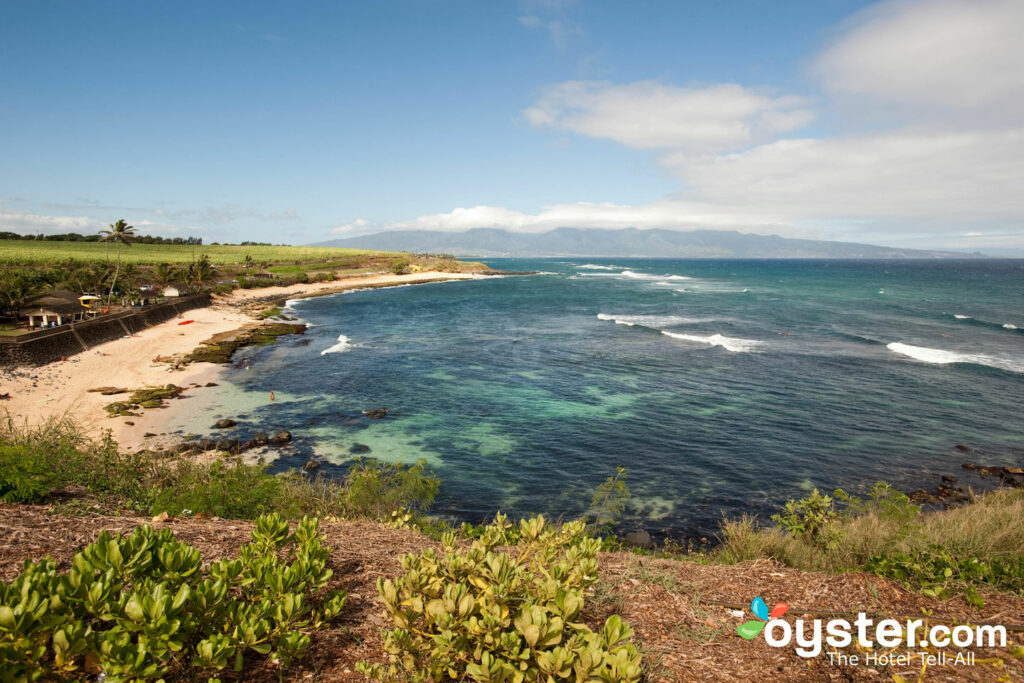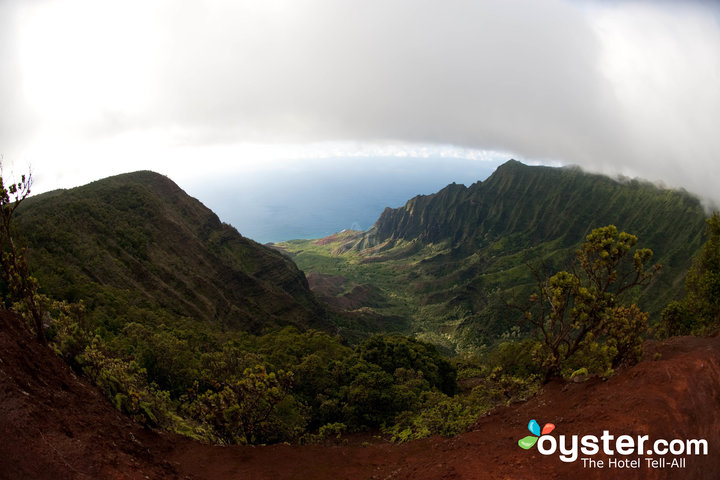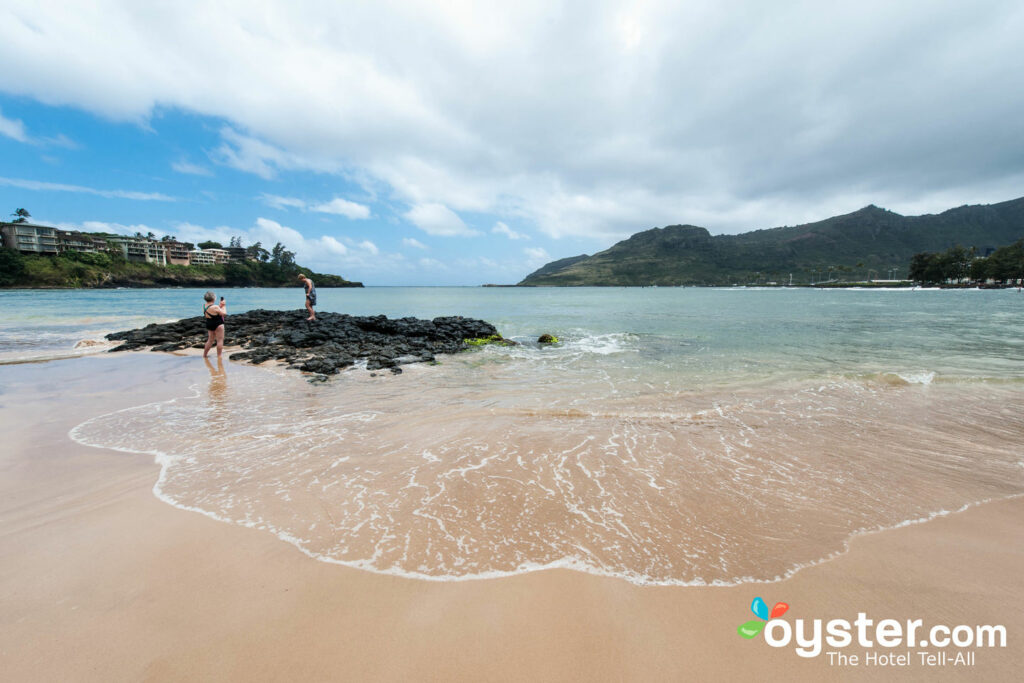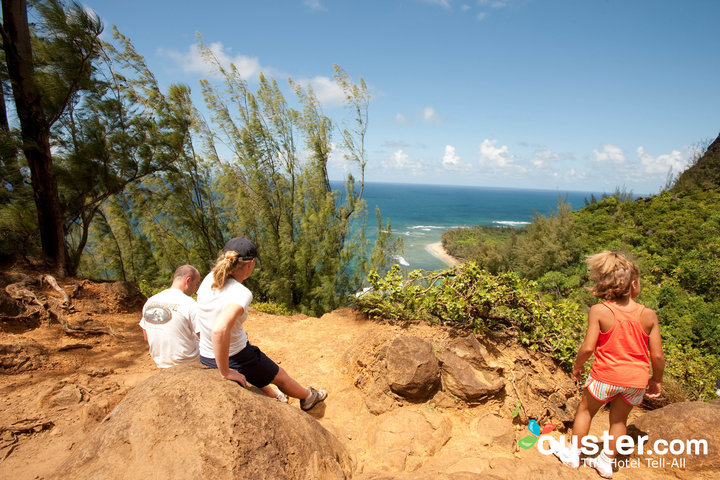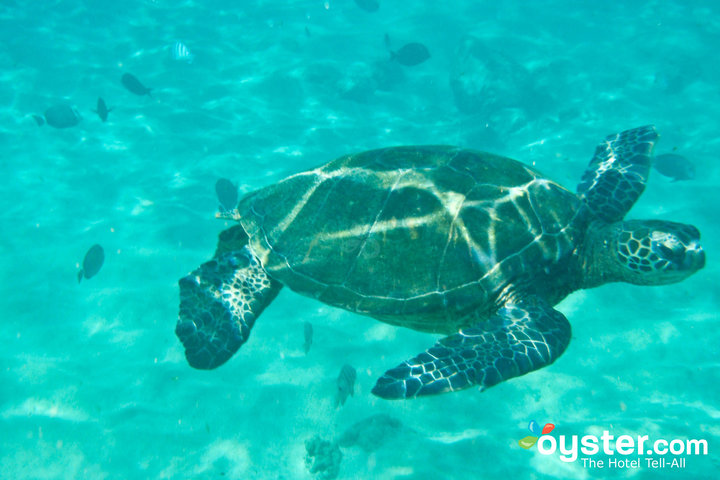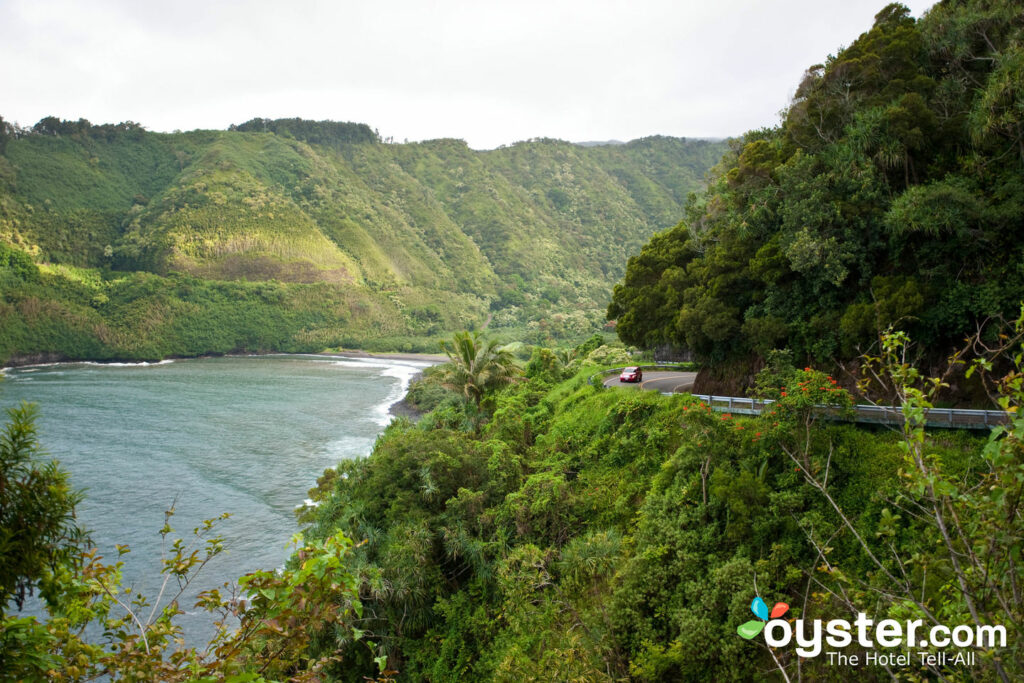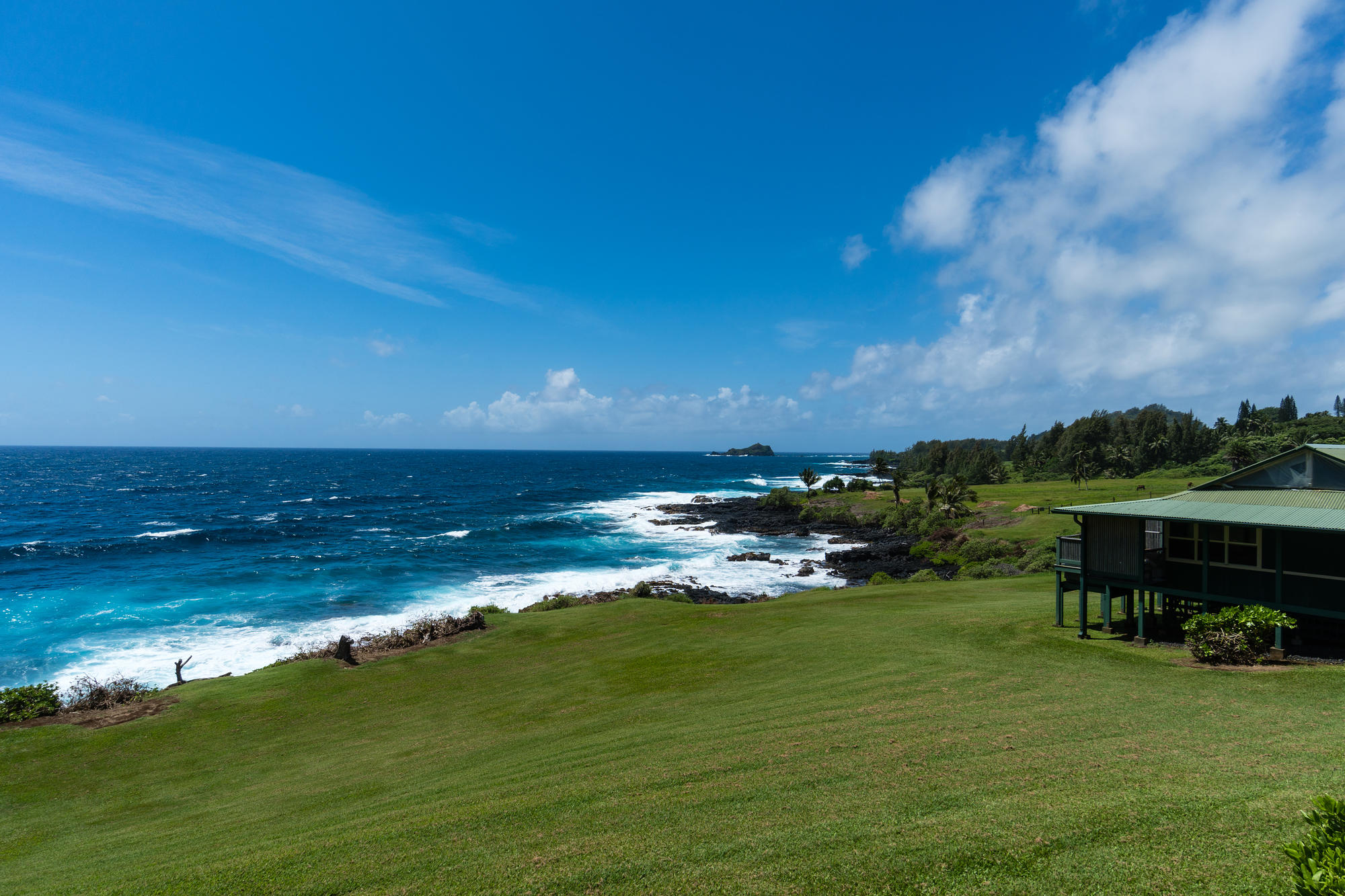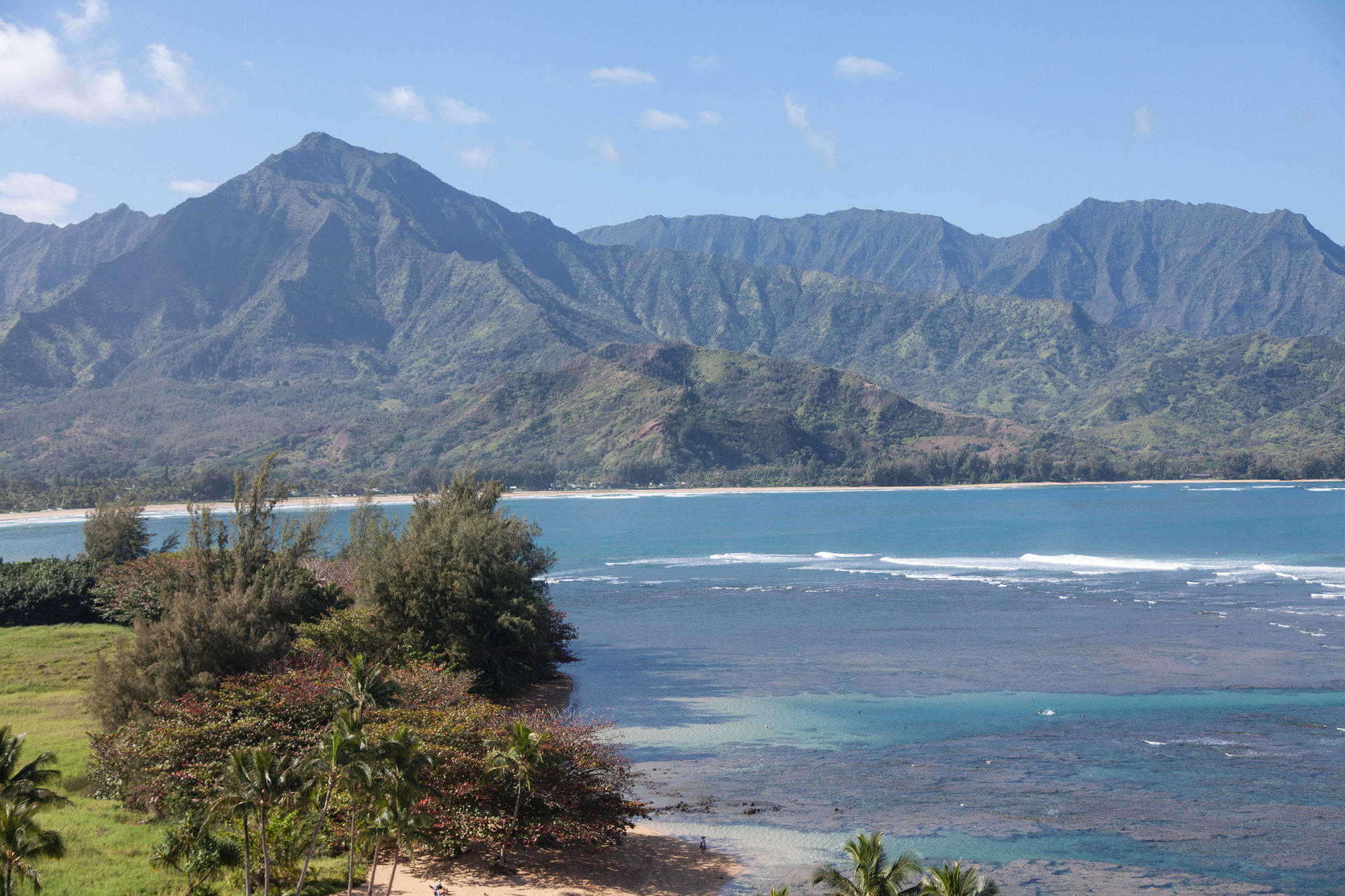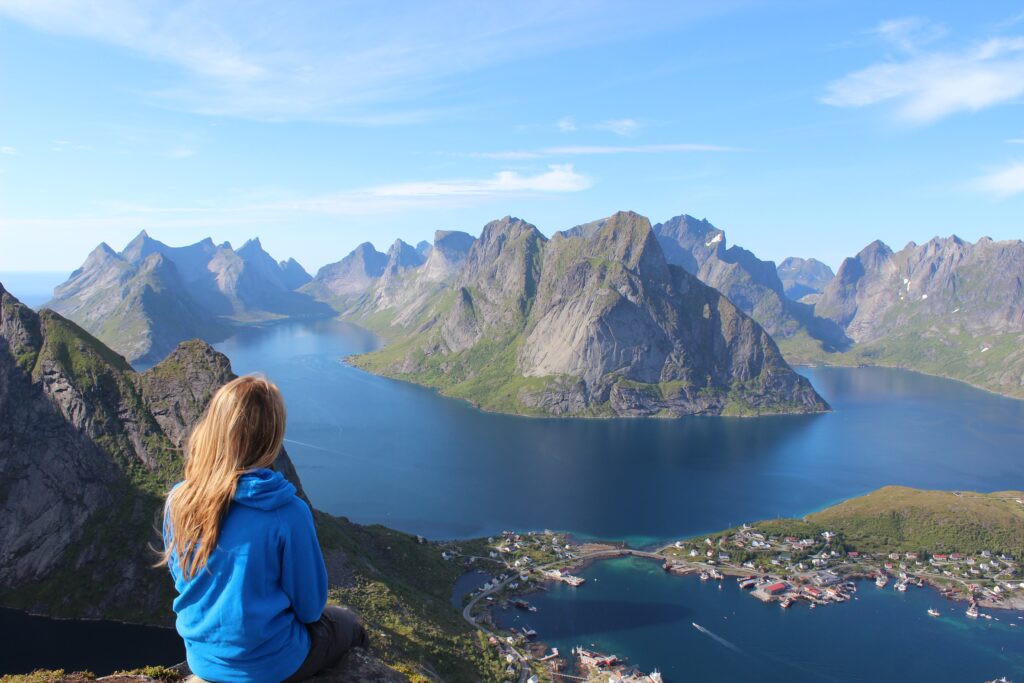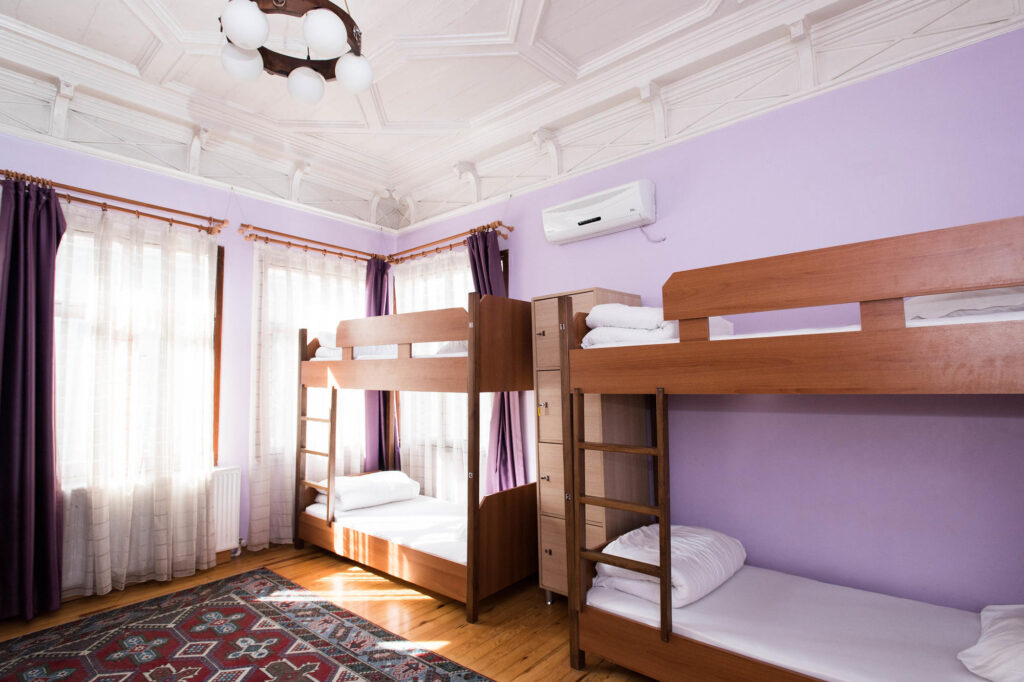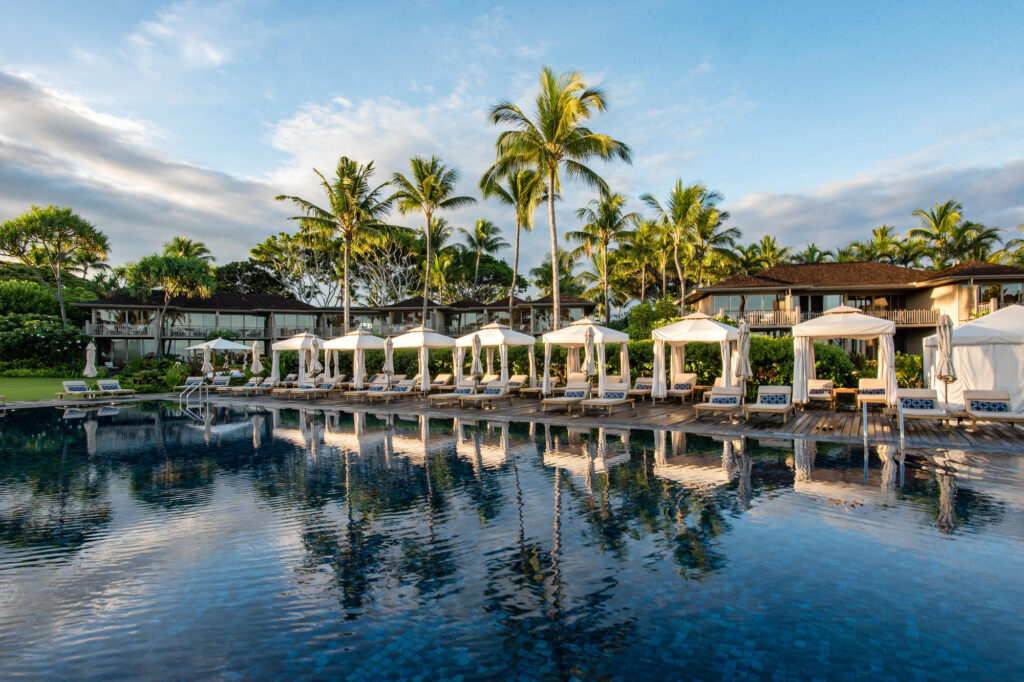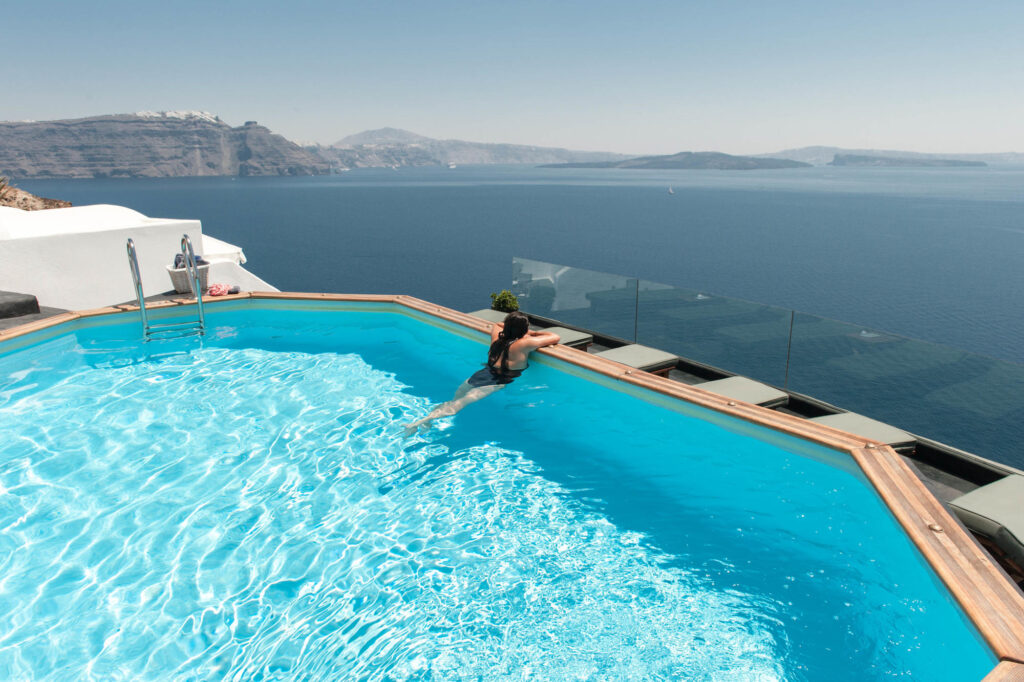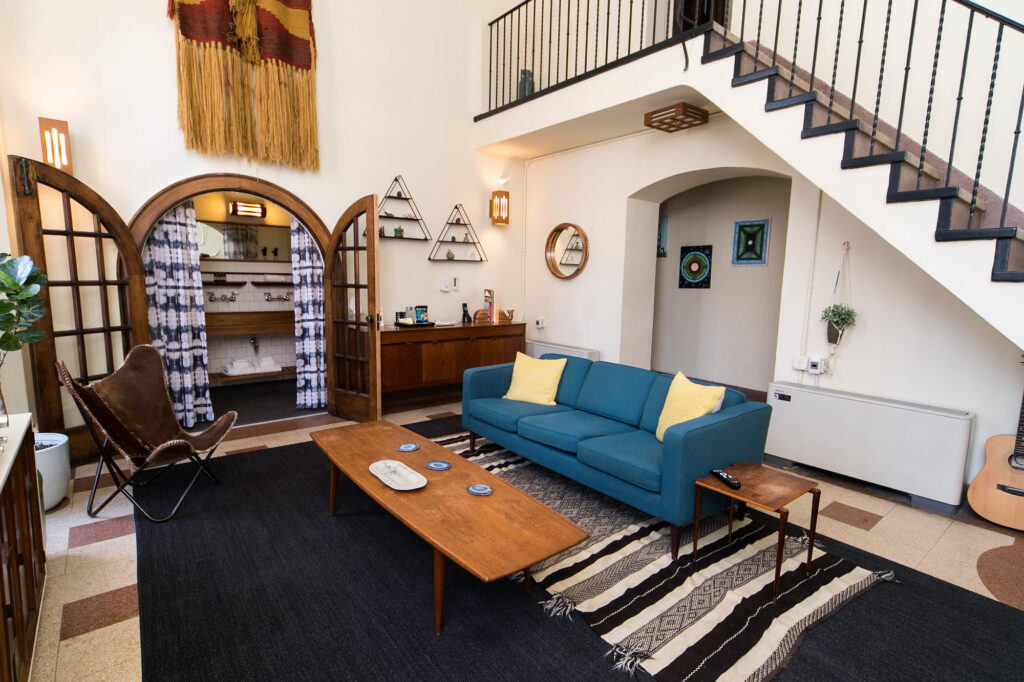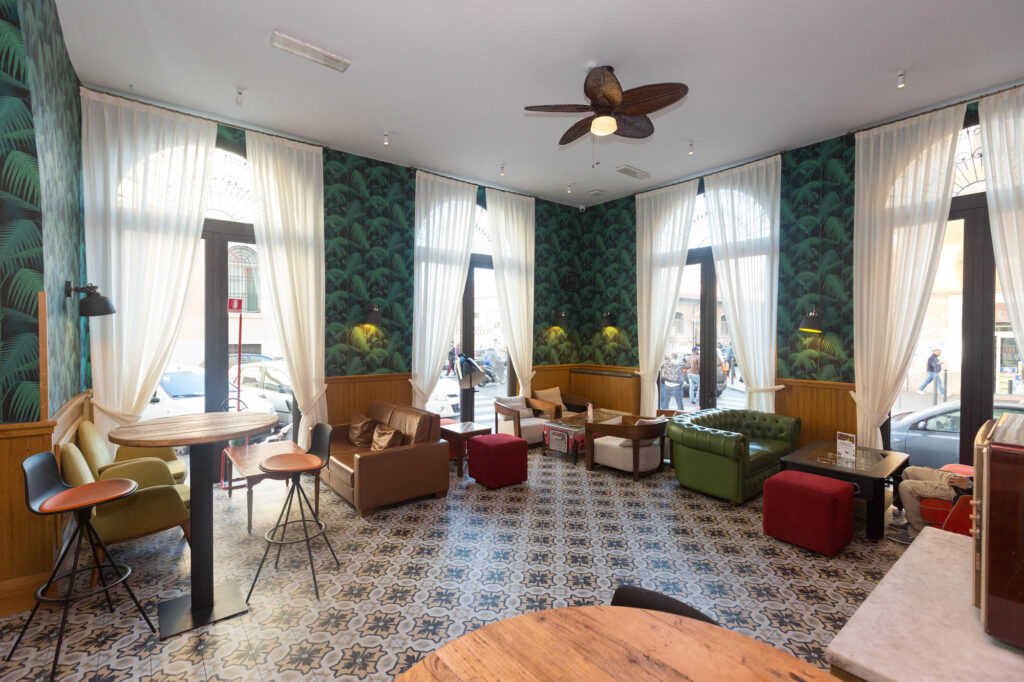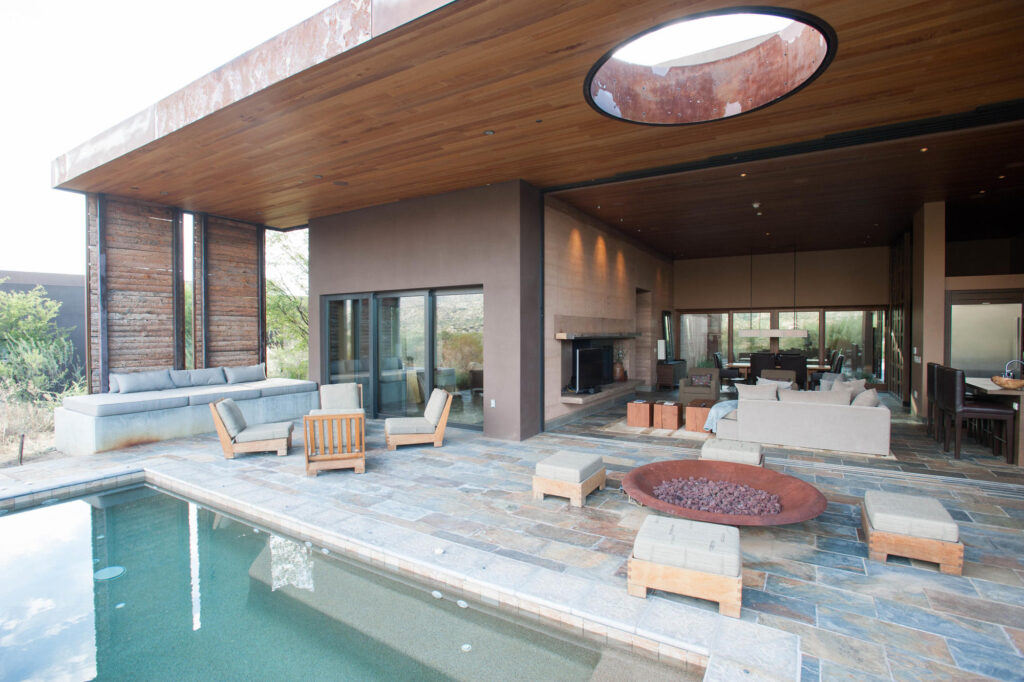If you’ve got two grand to spend on your next Thailand vacation, you’ll be just fine. This Southeast Asian country has long been a popular choice among budget travelers, not only because of its abundance of cheap food and affordable hotels, but also because of how much there is to see and do. And while it’s a far flight from both North America and Europe, with a bit of strategic planning (and obsessive flight tracking), you’ll likely score some seriously cheap Thailand airline tickets. Here’s everything you need to know to transform your budget-friendly dreams of Thailand into a reality. You can visit Thailand in 10 days for less than $2,000. Here’s how.
Here are the 9 best things to do in Phuket, from beaches to temples to wildlife sightings.
When Is the Best Time to Visit Thailand on a Budget?
If you want to save money, consider foregoing the high season in Thailand (roughly November through March), when many tourists from Europe and North America head to Southeast Asia in favor of warmer climes. Instead, consider visiting during one of the shoulder seasons (April-May and September-October), when hotel occupancy and room rates decrease considerably. Just be prepared for some amount of rainfall — although the rainiest months tend to be from June through August, it’s not unheard of to get some serious downpours during the shoulder months. In fact, if beaches are part of your itinerary, note that the western coast on the Andaman Sea gets most of its rainfall in May through November, while the eastern coast along the Gulf of Thailand is rainier from September onwards until as late as December.
How Can I Find Cheap Flights to Thailand?
It’s not unheard of to find flights to Thailand from both coasts of the U.S. for under $500, roundtrip, provided that you book in advance and aren’t picky about what carrier you use. The cheapest flights tend to be with Chinese carriers, which means you’ll likely have a layover in Shanghai or Beijing. If you plan to head to Northern Thailand, it’s also worth looking into flights to Chiang Mai, as these sometimes can be just as cheap, or cheaper, than going through Bangkok. On the same token, if you plan to visit both the north and Bangkok and/or southern Thailand, it’s often just as cheap to get a flight that arrives in Chiang Mai and departs from Bangkok, or vice versa. Also check flights to nearby hubs such as Kuala Lumpur and Singapore, from where you can often get cheap flights to Bangkok on regional budget carriers (this works best if you don’t have checked luggage, which can incur hefty fees). If you don’t have set dates in mind, use a fare aggregator to compare deals.
What is the Cheapest Way to Get Around Thailand?
There are multiple ways to get around Thailand, all of which are relatively affordable by Western standards. Buses are remarkably comfortable, and generally have both air-conditioning and toilets. There are regular services from Bangkok to a number of port cities in the south from where you can take ferries to popular island destinations. Trains are another budget-friendly option, and carriages run the gamut from simple carriages with bench seats to comfortable sleeper coaches used for overnight travel (if you’re traveling between Bangkok and Chiang Mai, you can save yourself a night’s accommodation by taking a sleeper train). There are also plenty of budget airlines in Thailand, and it’s possible to get cheap flights all over the country, even if you book fairly last minute. Carriers include JetStar, LionAir, AirAsia, Bangkok Airways, and Thai Airline’s budget division: Thai Smile, to name a few. Just remember to factor in the cost of getting to your destination from the airport, particularly if you’re visiting one of the islands: most airlines fly to mainland cities, and you’ll need to arrange a taxi (which can be expensive) or wait for a much cheaper shuttle to get to your nearest ferry port.
How Much Does Food Cost in Thailand?
One of the many delights of traveling in Thailand is getting to try the insanely delicious and affordable food. Each region of the country has its own specialties — some dishes will likely be familiar if you’ve eaten in Thai restaurants at home, though you’ll surely find plenty of new dishes, tropical fruits, and interesting sweets to discover. If you stick to street food, you’re looking at only a couple of dollars per meal (a chicken pad Thai will run you about 50 THB, or USD 1.60). Even restaurants tend to be way cheaper than what you’d likely encounter in the U.S., especially if you avoid eating out at swish places inside fancy hotels. Just be prepared for major price hikes on some of the smaller islands in restaurants that cater primarily to tourists, where meals often start at around 200 THB (6.40 USD) — still cheap by global standards, but pricey if you’re on a super-strict budget.
What are the Best Budget-Friendly Itineraries in Thailand?
Best of Thailand Itinerary
With 10 days in Thailand, you’ll have just enough time to check out Bangkok, head up to Chiang Mai in the North, and get some beach time into the mix. Start in Bangkok, and head straight to the Khao San Road area, ground zero for backpackers and budget travelers who make their way through the city. You’ll find the most variety of cheap hotels and guest houses here, as well as plenty of affordable spots to eat and drink. In fact, the eastern end of the road has a whole range of street food vendors that generally stay open quite late. Khao San Road also has travel agents that specialize in budget travel and can help you book bus, train, or air tickets to your next destination. Spend your first two or three days in Bangkok, making sure to check out some of the city’s numerous attractions, such as the river-facing Wat Arun (Temple of Dawn) and the Jim Thompson house, notable for its numerous examples of Thai architecture.
From Bangkok, make your way down south for a bit of beach time. With only a couple of days, you may want to take it easy and head to nearby Ko Chang, one of the closest options to Bangkok and easily accessed by bus straight from the Khao San area. If you’re up for partying, the backpacker-friendly town of Hat Rin on Ko Pha Ngan, notorious for its Full Moon Parties, is a good option. If you’d rather visit the Andaman Coast, consider making your way to Krabi, which offers a wide range of accommodations to suit every budget, along with some of the best rock climbing in Southeast Asia.
Once you’ve had your fill of sun and sand, make your way up to Northern Thailand for the last few days. You’re best off sticking to Chiang Mai, which is the second-largest city in Thailand after Bangkok, but feels much more intimate. Here you’ll find myriad wats (temples) to visit along with great dining and a fun night market, held every Saturday night at the center of town.
Check out exactly what to expect at a Full Moon party.
Northern Adventures Itinerary
If you’d rather focus on Northern Thailand, consider booking a round-trip ticket to Chiang Mai. Start with a few days in the city, checking out temples and treating yourself to a traditional Thai massage, which is done fully clothed and involves being stretched and manipulated (hence its popular nickname, “yoga massage.”) If you’re into the great outdoors, you’re in luck: Chiang Mai is the departure point for numerous overnight treks, which generally head up to rural tribal villages or into the lush Doi Inthanon National Park. If you’re in the market for something a bit more chilled out, consider heading up to Pai instead — this popular, laid-back backpacker spot doesn’t offer a ton to see or do, and that’s kind of the point. Finally, don’t leave the region without paying a visit to Wat Rong Khun in Chiang Rai. Also known as the White Temple, this temple, created by artist Chalermchai Kositpipat is filled with fantastical sculptures and intricate mirror work.
Southern Thailand Island Hopping Itinerary
If islands are the main focus of your agenda, you’re probably looking for a bit of R&R. While you may very well just want to plop down on one island for the duration of your vacation, island hopping through Southern Thailand is definitely a viable option, especially if you want the chance to explore both the western Andaman Sea coastline and the Gulf of Thailand on the East Coast. You could viably start with either Ko Chang or Ko Pha Ngan on the Gulf Coast for a few days. Ko Samui is another popular choice, though it might be a tad harder to find budget digs. Phuket’s the easiest spot to get to (but it can get crowded). For something more chilled out either make your way to Krabi and head to Ko Lanta or Railay Beach, or go to Hat Yai, the gateway for tranquil, car-free Ko Lipe.
Our Picks for Cheap Hotels in Thailand:
Our Bangkok Cheap Hotel Pick: Buddy Lodge Hotel
Smack in the heart of the backpacker haven of Khao San Road, the backpacker favorite Buddy Lodge Hotel offers not only a great location, but also plenty of perks not usually found in cheaper hotels. The rooms are classically stylish, with antiques and hardwood floors, plus there’s a fitness center, a steam room, a sauna, and a lovely rooftop pool. And if you’re in the mood to party, you need only head down to the concert venue on the ground floor, popular with locals and tourists alike.
Our Chiang Mai Cheap Hotel Pick: Thannatee Boutique Hotel
Housed in a beautiful wooden home within a 10-minute walk of the city center, the elegant Thannatee Boutique Hotel in Chiang Mai offers beautiful rooms and a ton of great amenities, from free airport shuttles to an evening shuttle bus that will drop you at the old city. Breakfast is also included, with buffet and a la carte options available, a wonderful perk given the already low rates. With only 22 rooms, the atmosphere feels quiet and cozy, and there’s even a small pool flanked with palms and lounge chairs for cooling off on sweltering days.
Our Ko Lanta Cheap Hotel Pick: Mook Lanta Eco Resort
Although the rooms at this little budget property, Mook Lanta Eco Resort, are on the basic side and there’s no pool, the low rates and eco-friendly values make it a solid choice for the backpacker set. It’s close to the rocky southern end of Long Beach, but not too far from sandier spots, and even the cheapest rooms have private bathrooms and outdoor areas with hammocks. There’s also a bar and a restaurant, and some rates include a fresh breakfast at the restaurant.
Our Hat Rin Cheap Hotel Pick: Phangan Bayshore Resort
If you’ve come to Hat Rin for the famous Full Moon Parties, the beachfront Phangan Bayshore Resort is right where you’ll want to be. Rooms are spacious (although not all face the beach) and the amenities are fantastic, with a large outdoor pool and generous breakfast buffets. However, the location right on Sunrise Beach, only a short stumble from the Full Moon Party scene is arguably the biggest draw (unless you want quiet, in which case you are in the wrong place). Don’t say we didn’t warn you.
Ko Lipe: Castaway Resort Koh Lipe
Straddling Sunrise Beach in Ko Lipe, the beautiful Castaway Resort features a series of basic, but nonetheless atmospheric, wooden bungalows with their own furnished terraces. That said, they lack basic amenities such as hot water and air-conditioning, but you don’t want to spend your whole trip inside your room, do you? Indeed, the selling point of this attractively priced option is its easy access to the sand and sea, though there certainly are some perks here, namely the restaurant with a bar and a dive shop offering a variety of water sports activities.
You’ll Also Like:
- The 10 Best Islands in Thailand
- Where to Go in Thailand: A Complete Guide to the Most Popular Destinations
- 5 Ways to Save Some Serious Cash in Southeast Asia
The post How to Visit Thailand in 10 Days for Less Than $2,000 with Flights appeared first on Oyster.com.
from Oyster.com https://www.oyster.com/articles/visit-thailand-in-10-days-for-less-than-2000/
Publish First on IFTTT
